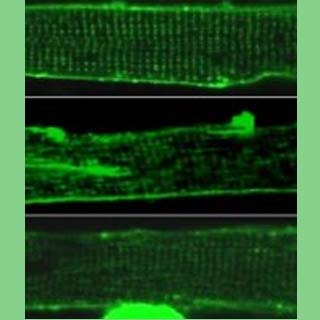
In the research, the team placed a failing heart alongside the healthy heart of a rat. The failing heart was then allowed to rest, so that it received blood but did not pump. According to what was observed, the structural changes that accounted for the impairment of contraction abilities in the failing heart muscle cells were apparently restored.
“If you injure a muscle in your leg, you rest it and this allows it to recover. The heart can’t afford to rest – it has to keep beating continuously. LVADs reduce the load on the heart while maintaining the supply of blood to the body, and this seems to help the heart recover. We wanted to see what unloading does to heart muscle cells, to see how this works,†commented Dr Cesare Terracciano, from the National Heart and Lung Institute (NHLI) at Imperial, who supervised the research.
Basically, something referred to as left ventricle assist device (LVAD) is fitted into heart failure patients for a restricted amount of time to rest their ventricles. Contrary to popular belief, this analysis showed that heart cell damage may be reversed. The findings could pave the path to alternative therapies for treatment of heart failure.
This report is published in the European Journal of Heart Failure.

